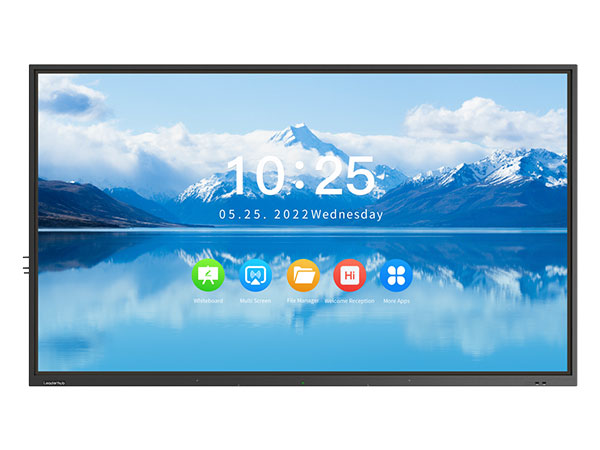Revolutionizing Teaching with 65-inch Electronic Whiteboards

Technology has immensely transformed the way we interact with information, and in the field of education, it has opened up new avenues for innovative and engaging teaching methods. One such technology that is revolutionizing classrooms is the 65-inch electronic whiteboard. These state-of-the-art devices are designed to create a more vivid teaching environment, enabling educators to enhance student engagement, foster collaboration, and facilitate interactive learning.
1. Immersive Learning Experience
65-inch electronic whiteboards provide a larger display area compared to traditional boards, offering an immersive learning experience that captures students' attention. The expansive size allows teachers to showcase content in a visually appealing manner, making lessons more interactive and exciting. With the flexibility to incorporate various media formats, including images, videos, and presentations, educators can present information in a more dynamic and engaging way, catering to different learning styles.
2. Enhanced Collaboration and Interaction
These whiteboards are equipped with advanced touch-screen technology, allowing multiple users to interact with the screen simultaneously. This feature encourages collaboration among students, promoting teamwork, critical thinking, and problem-solving skills. With the ability to annotate directly on the screen, students can actively participate in discussions, write down ideas, and collectively brainstorm solutions. Additionally, teachers can easily incorporate interactive quizzes, group activities, and games, making the learning process more enjoyable and interactive.
3. Seamless Integration with Multimedia Tools
65-inch electronic whiteboards seamlessly integrate with various multimedia tools, expanding the possibilities for teaching and learning. Educators can connect the whiteboard to computers, tablets, and other devices, enabling them to access a wide range of resources, such as educational apps, online platforms, and digital textbooks. The integration of multimedia tools enhances information retention and comprehension, as students can interact with content in different formats and engage in hands-on activities. This multifunctional aspect of electronic whiteboards makes them versatile and adaptable to different teaching methods and curriculum requirements.
Conclusion
The incorporation of 65-inch electronic whiteboards in classrooms has revolutionized the teaching and learning experience. With their larger display area, interactive capabilities, and integration with multimedia tools, these whiteboards create a more vivid and engaging teaching environment. Students are actively involved in the learning process, fostering collaboration, critical thinking, and creativity. As technology continues to advance, the use of electronic whiteboards is expected to become increasingly prevalent, transforming traditional classrooms into interactive and immersive learning spaces.

